During the 1960s, the Cold War reached its peak, and the tension between the United States and the Soviet Union (USSR) was at the boiling point. In something called the “space race,” the two superpowers competed to be the first to send a man into space. The Soviets were leading in the competition at that time but for one cosmonaut, the mission ended in a disaster, taking his life. This man, Vladimir Komarov, came to be known as “the man who fell from space,” reported BBC. His last words as he plunged to death still send shivers down our spine.
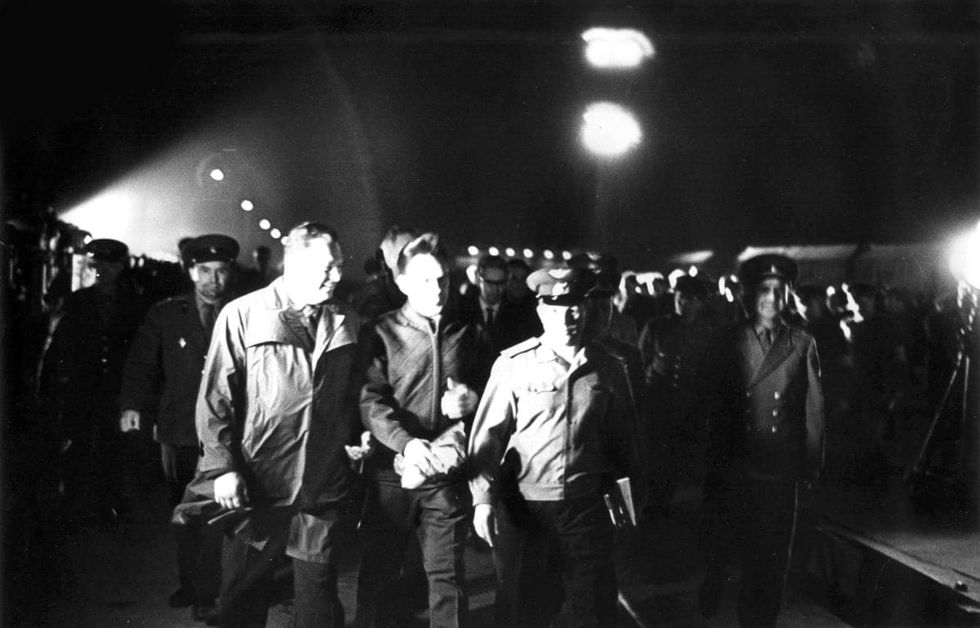
Komarov, a Soviet cosmonaut, was the first man to ever die in space. In April 1967, he lost his life while traveling to space as a part of the “Soyuz 1” mission, as per NASA. The space vehicle wasn't perfect and somewhere in his heart, the spaceman knew he wouldn't make it back to Earth. Komarov had a natural flair for mathematics and aviation. Before the fatal mission, he and his fellow astronauts had undergone intensive training. They were isolated in chambers where G-forces spun them in whirlpools, and they were left in the forests with nothing but an axe and matches, to see how they would survive. Komarov survived the training but sadly, he couldn’t survive the horrific crash.
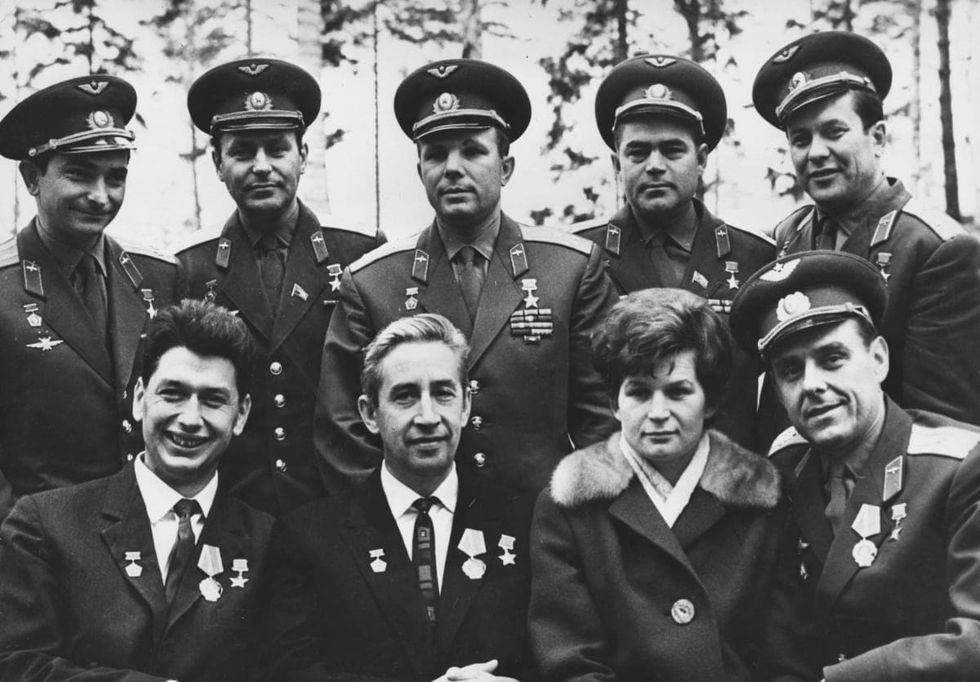
It was April 23, when Komarov took off on his space journey. In the next 24 hours, he was able to orbit the Earth 16 times. However, he was unable to complete the end goal of his mission. According to History, the two solar panels that supplied energy for the craft failed to deploy. Soviet's initial plan was to launch two space capsules: Soyuz 1 followed by Soyuz 2. But when Soyuz 1 seemed to be failing, the Soviets canceled the launch of Soyuz 2 and instructed Komarov to return to Earth.

His re-entry was filled with obstacles. He had trouble firing his rocket brakes. It took two more trips around the globe before he could finally re-enter the atmosphere. However, just when he had reached an altitude of 23,000 feet, his drag parachute failed to deploy as its strings got tangled. When Komarov tried to release the reserve chute, it also became tangled with the drag chute, reported NASA's Office of Safety and Mission Assurance. The descent module then plummeted to a field near Orenburg at 7 AM on April 24. It was a horrifying death for Komarov, as his body turned molten due to the massive explosion.
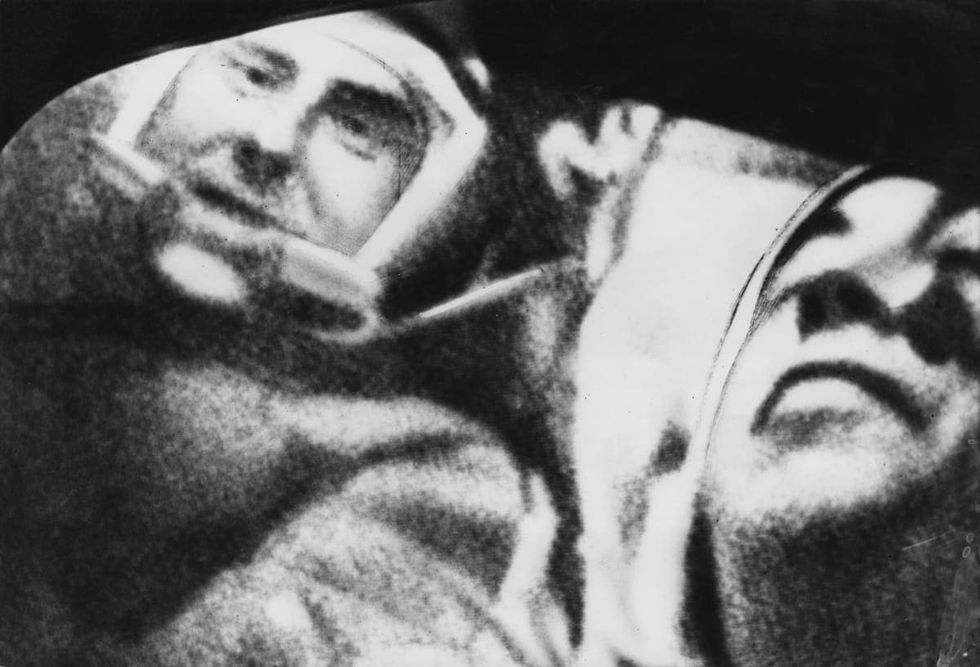
According to NPR, in a book titled “Starman,” authors Jamie Doran and Piers Bizony claim to know about Komarov’s final words. As per an excerpt from the book, Komarov was screaming with rage as he died, cursing the people who put him in a "botched ship" knowing well that he would die. "This devil ship! Nothing I lay my hands on works properly," he was quoted as saying as he descended to Earth in the book. However, these claims have been deemed controversial, and as per Soviet space program historians, the book is “rife with errors,” reported Live Science.
Many experts, including space historian Robert Pearlman, deny this version of Komarov’s last words. “I simply don’t see that as being believable,” said Pearlman, per All That’s Interesting. “We have the transcripts from the flight, and that hasn’t been reported to date. Komarov was an experienced cosmonaut with training as a tech pilot and Air Force officer. He was trained to deal with high-pressure environments. The idea that he would have lost it is just distasteful.”
Also, the records of the Russian State Archives reveal that Komarov’s final words were, “I feel excellent, everything’s in order. Thank you for transmitting all of that. [Separation] occurred,” rather than the rage-filled harangue. But none of the accounts can be considered absolute evidence, as, eventually, Komarov lost all connection with the officials on the ground. When Komarov returned to Earth, his body was reduced to a charred, irregular “lump.” Only his heel bone was recognizable.
Komarov’s backup pilot and a dear friend, Yuri Gagarin, the first human to reach outer space, had even argued for the mission to be postponed. He even wrote a 10-page memo and handed it to Venyamin Russayev, a friend in the KGB, per NPR. But this memo, as well as the errors in the space capsule that engineers reported, were reportedly ignored by the high-ranking Soviet officials. It is believed that they ordered to carry out the mission at any cost. But the cost turned out to be too high and Komarov had to pay the price.





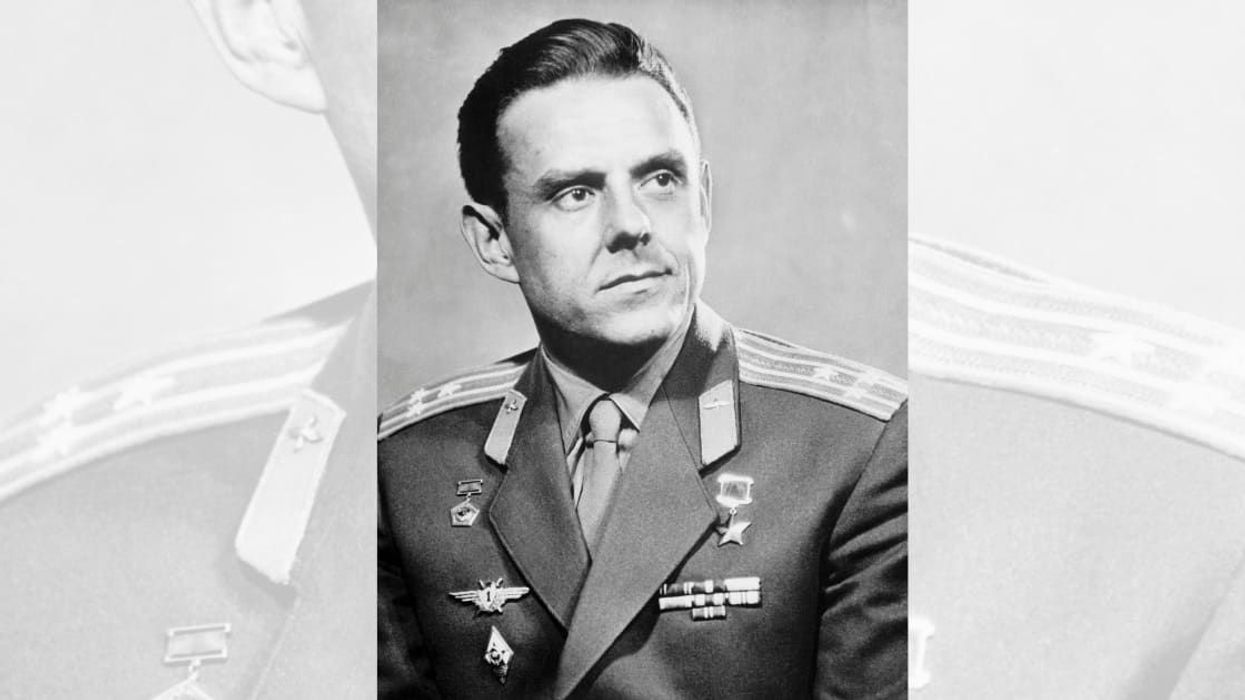












 Image frmo Scientific Reports of ancient artwork. Image Source:
Image frmo Scientific Reports of ancient artwork. Image Source:  Image frmo Scientific Reports of ancient artwork.Image Source:
Image frmo Scientific Reports of ancient artwork.Image Source:  Image frmo Scientific Reports of ancient artwork.Image Source:
Image frmo Scientific Reports of ancient artwork.Image Source: 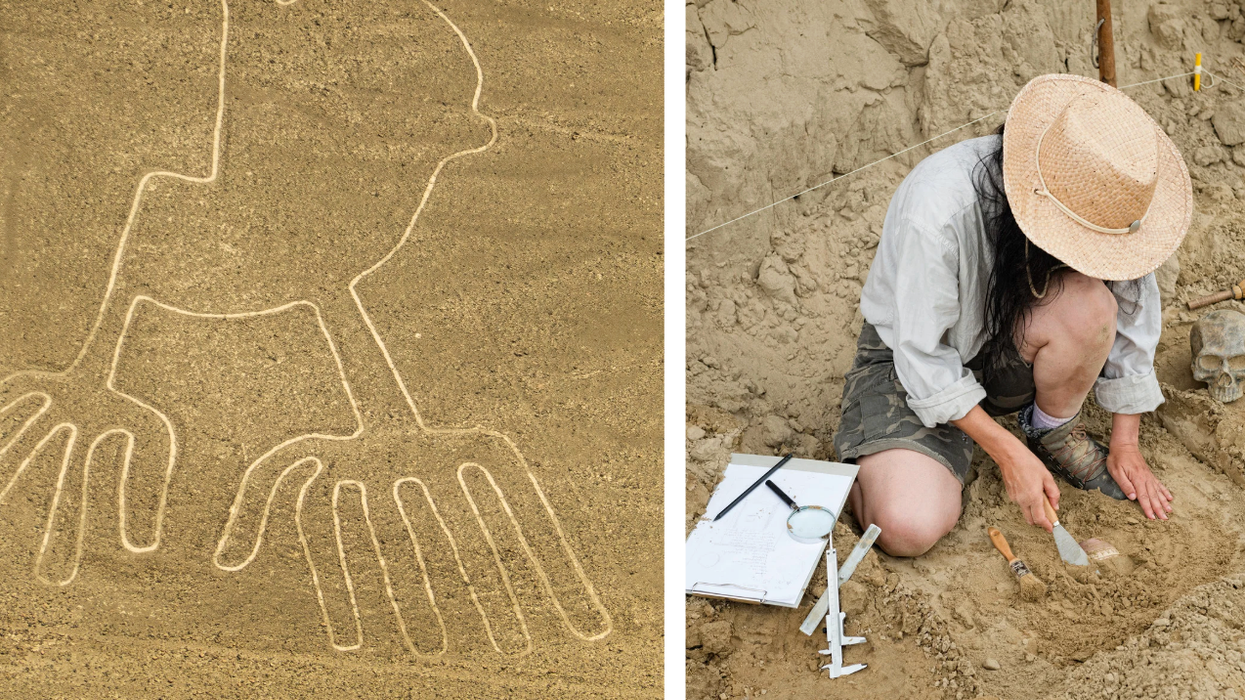

 It's difficult to imagine seeing a color and not having the word for it. Canva
It's difficult to imagine seeing a color and not having the word for it. Canva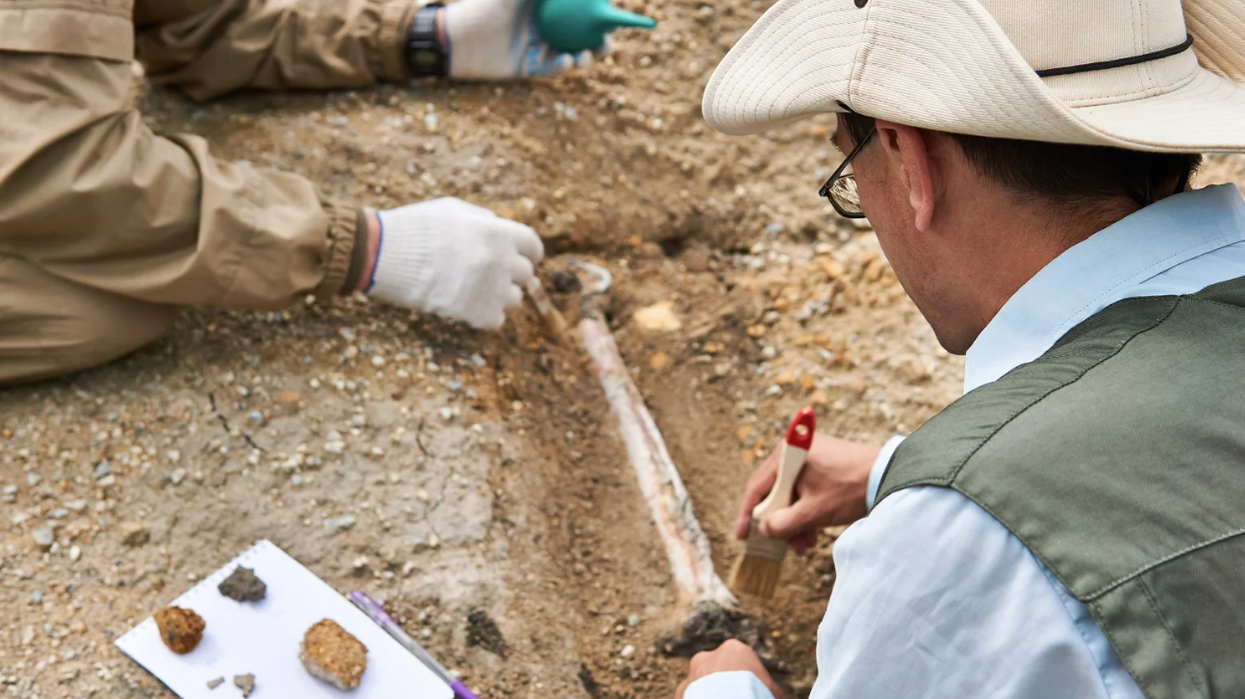

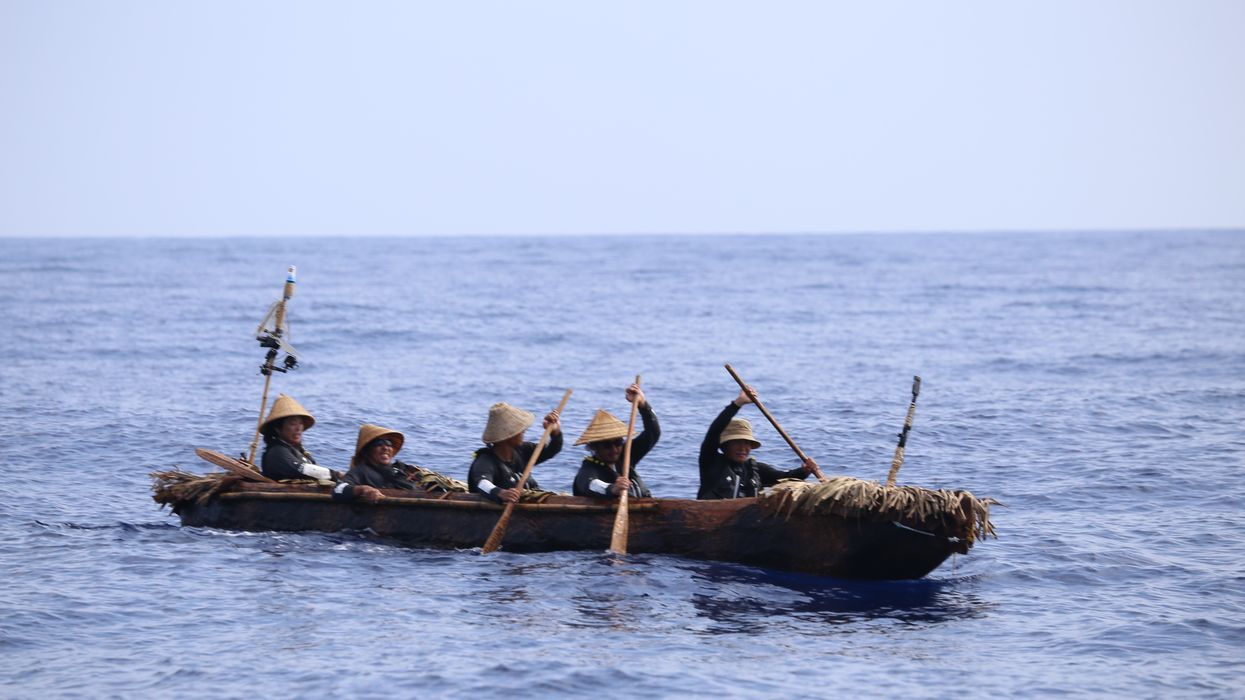
 The team also crafted their canoe using ancient methods and Stone Age-style tools. National Museum of Nature and Science, Tokyo
The team also crafted their canoe using ancient methods and Stone Age-style tools. National Museum of Nature and Science, Tokyo The cedar dugout canoe crafted by the scientist team. National Museum of Nature and Science, Tokyo
The cedar dugout canoe crafted by the scientist team. National Museum of Nature and Science, Tokyo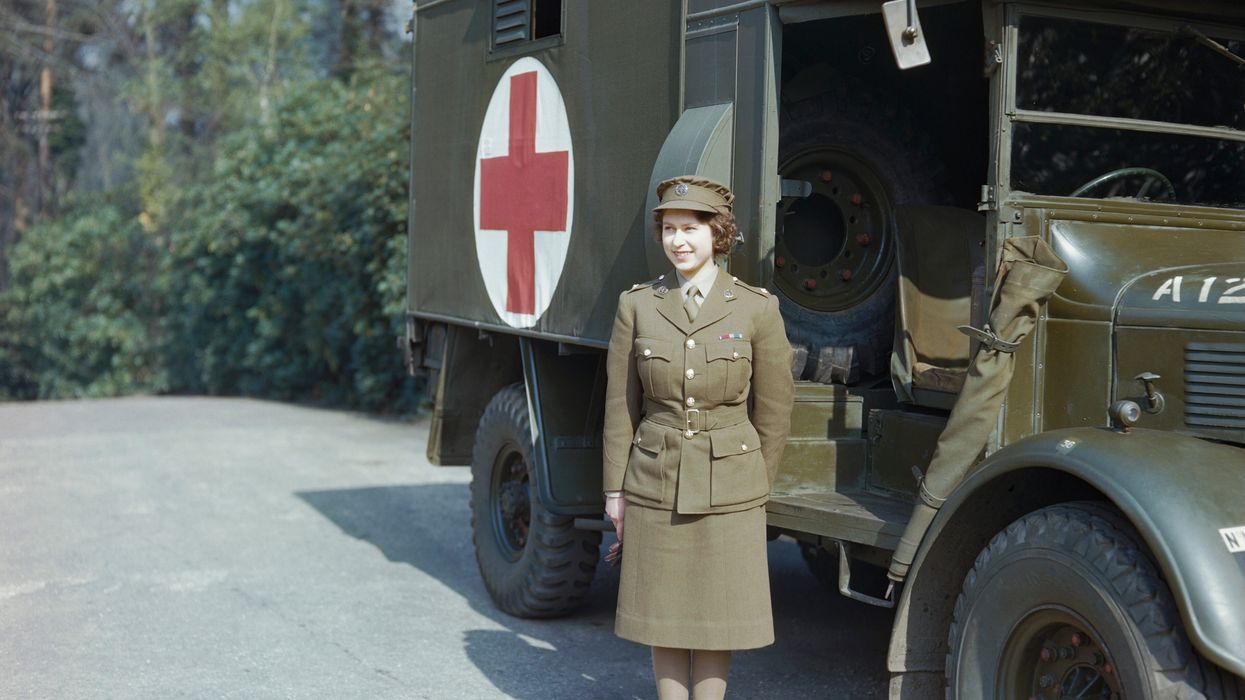

 Zitkala-Ša with her violin in 1898 colorized and animated.Taken from YouTube video with image of kelvin temperature by Tiero from Canva.
Zitkala-Ša with her violin in 1898 colorized and animated.Taken from YouTube video with image of kelvin temperature by Tiero from Canva. 1908 photo of Bull - Chief of the Apsaroke tribe colorized and animated.Taken from YouTube video with image of kelvin temperature by Tiero from Canva.
1908 photo of Bull - Chief of the Apsaroke tribe colorized and animated.Taken from YouTube video with image of kelvin temperature by Tiero from Canva. Mosa original photo from 1903 with modern colorization and reanimation.Taken from YouTube video with image of kelvin temperature by Tiero from Canva.
Mosa original photo from 1903 with modern colorization and reanimation.Taken from YouTube video with image of kelvin temperature by Tiero from Canva.